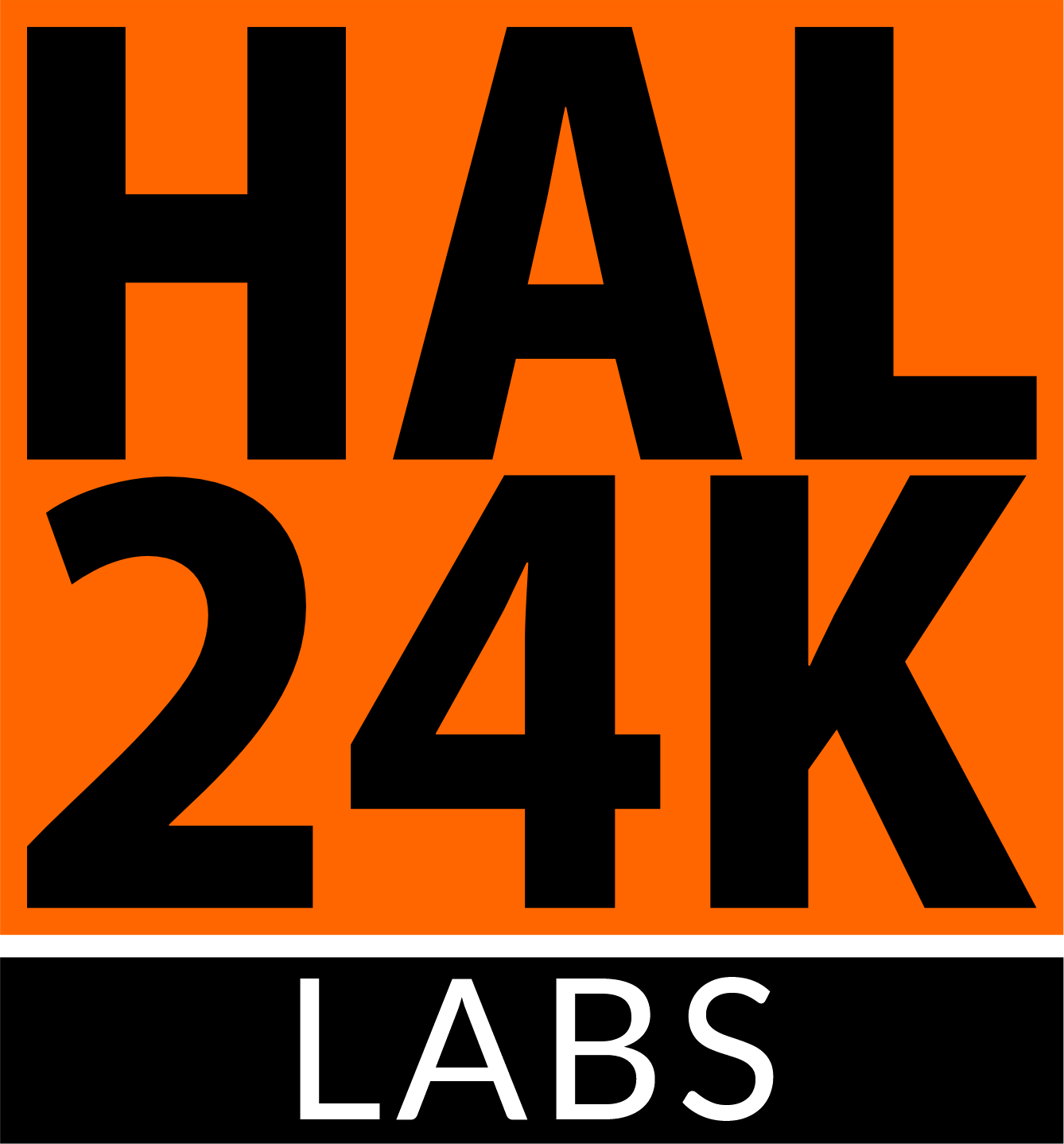Case study
The client
A Dutch province, responsible for managing one of the busiest infrastructure networks in the Netherlands.
The challenge
The road network is vital to commerce, the flow of goods and people but with traffic predicted to increase further in coming years, the authority wanted to assess how it might be possible to reduce congestion, delays and a rise in emissions.
The HAL24K approach
Event data from the province’s intersections (VRIs) was used to build a set of deep learning models able to predict real-time and future queue lengths at each red light. These predictions can be used by VRIs to adjust traffic light priorities and durations.
Real-time forecasts have an accuracy rate of between 77% - 99%, with the 15-minute average forecast demonstrating an 86% - 99% accuracy.
The operational advantage
Traffic operators use real-time queue information to identify actual and future bottlenecks and can act and improve traffic flow through intersections. Congestion is reduced, along with emissions and drivers can be updated on journey times.
The future
Dynamic ‘green’ lights to optimize traffic flow.
Better informed road users by sharing information on congestion and ‘time-to-green’.
Testing autonomous cars’ communication with intersections and use of queuing predictions for route decisions.

